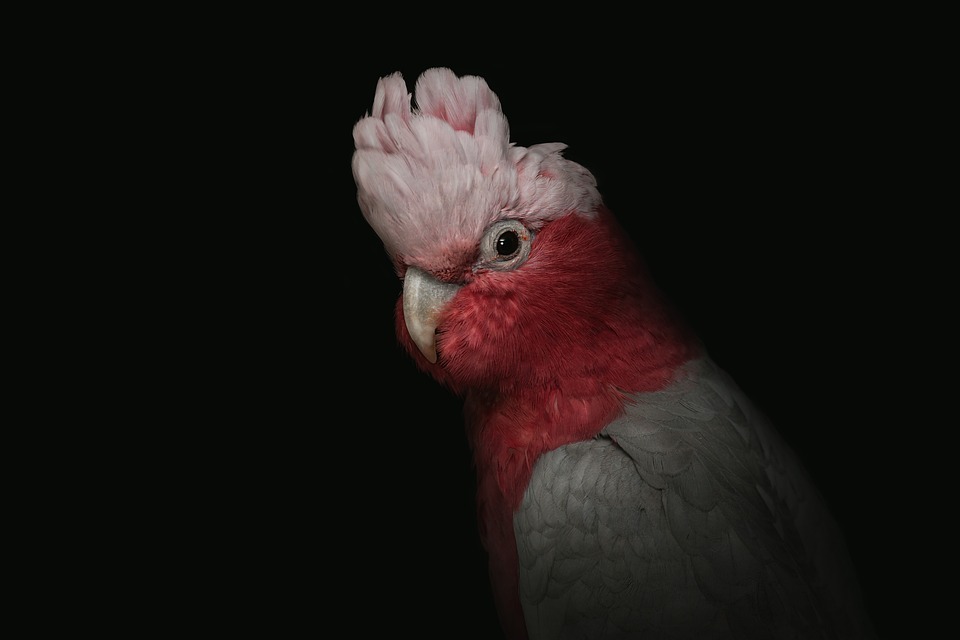Parrots are fascinating creatures with complex behaviors and communication methods. Understanding their body language and postures is crucial for building a strong bond and ensuring their overall well-being. By recognizing signs of contentment and relaxation in their posture, you can gauge their comfort level and address any potential issues. In this article, we will delve into the various postures that indicate a happy parrot and provide expert insights on interpreting their body language effectively.
Recognizing signs of contentment and relaxation in your parrot is important for several reasons. Firstly, it allows you to understand and fulfill their needs, ensuring they are comfortable and happy in their environment. Secondly, it helps you identify any potential health or behavioral issues early on, as changes in posture can often indicate discomfort or stress. Lastly, recognizing signs of contentment and relaxation allows you to strengthen the bond between you and your feathered friend, creating a trusting and loving relationship.
Body language plays a significant role in understanding parrot behavior. A content parrot will display relaxed and open body language. This means that their feathers will be smooth and sleek, their wings will be slightly away from their body, and their body will be in a neutral or elongated position. Preening and feather maintenance habits are also signs of contentment, as parrots will groom themselves when they feel relaxed and secure.
Comfortable perching positions are another indicator of a content parrot. They will perch with their feet relaxed and not constantly shifting their weight. Eye and pupil dilation can also reveal their mood, as dilated pupils indicate relaxation and contentment.
Vocalizations and sounds of contentment are common in parrots. They may make soft cooing or purring sounds, often accompanied by a relaxed and open body posture. These vocalizations are their way of expressing happiness and contentment.
Relaxation in parrots can be observed through their wing and tail position. When relaxed, their wings will be slightly away from their body and their tail feathers will be fanned out. Relaxed and fluffed feathers are also a sign of relaxation, as parrots fluff their feathers to create insulation and regulate their body temperature.
Body weight distribution is another important aspect to consider when interpreting your parrot’s posture. A relaxed parrot will distribute its weight evenly on both feet, while an uncomfortable or stressed parrot may lean more on one foot or shift its weight constantly.
Extended leg positions are a clear indication of relaxation in parrots. When they feel secure and comfortable, they may extend one or both legs outwards while perching.
Playful behavior and engagement are signs of a relaxed and content parrot. They may engage in activities such as playing with toys, climbing, or exploring their environment. These behaviors indicate that they feel safe and are enjoying their surroundings.
It is important to note that each parrot is unique, and their individual behaviors may vary. Familiarize yourself with your parrot’s specific behaviors and mannerisms to better understand their body language. If you have any concerns about your parrot’s posture or behavior, it is always advisable to consult avian experts who can provide guidance and support.
In conclusion, understanding your parrot’s body language is crucial for responsible parrot ownership. By recognizing signs of contentment and relaxation in their posture, you can ensure their well-being and establish a strong bond. Pay attention to their body language, vocalizations, and engagement to gauge their comfort level. Remember to consult avian experts if you have any concerns or questions about your parrot’s behavior.









